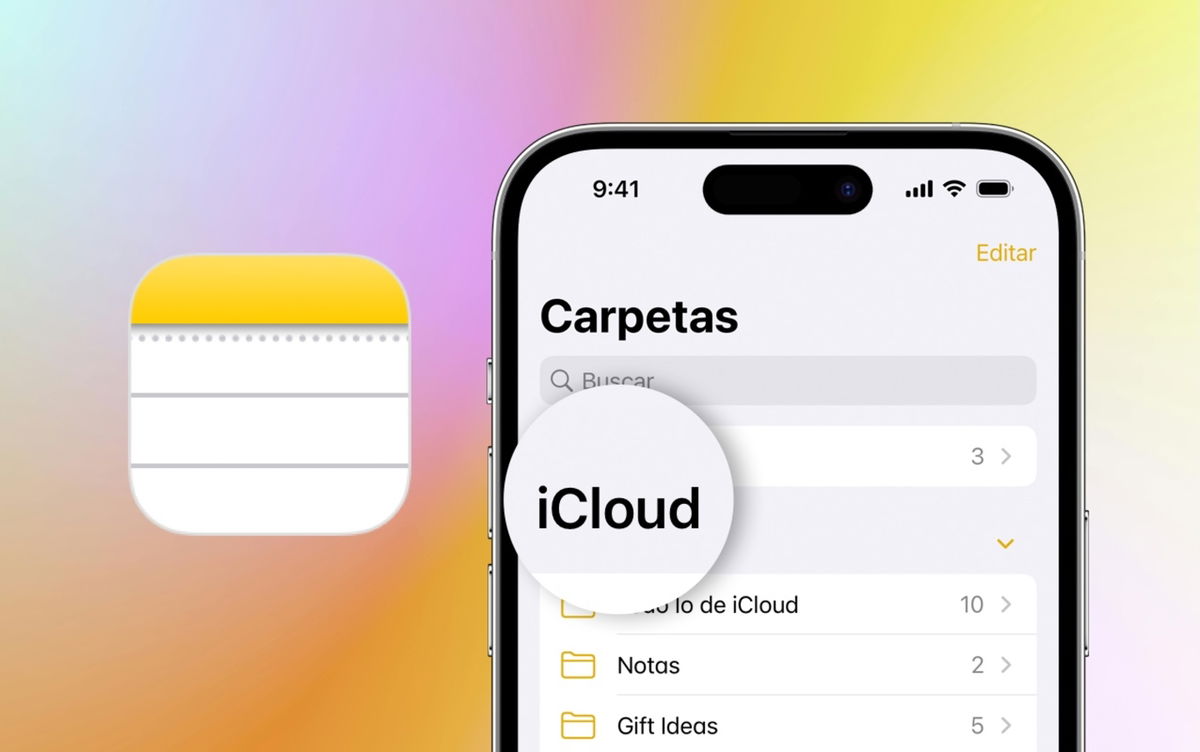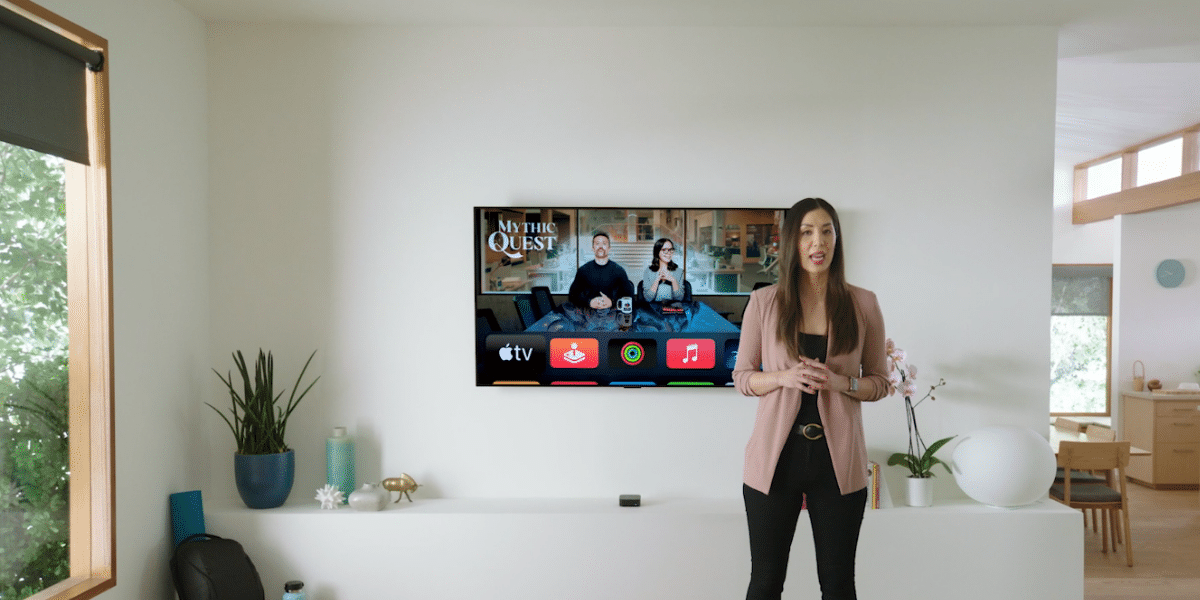At the end of last year, it was finally time to buy a new mobile. After years with manufacturers like Xiaomi, POCO or Samsung, it was clear to me that I needed a phone that would hold up updated as long as possible.
an android, it’s not so easy to hit for this purposeWell, most brands update their best models for two years (speaking of software updates), although this trend is changing and we see how Samsung promises up to four years. The same happens with OnePlus, but my wishes for a software Clean made me opt for the budget mobile par excellence, the Pixel 6a. I’m delighted, but I’ll tell you about the things that I didn’t like so much.
I got what I was looking for, but not all the gold flakes

These are some of the reasons I had to jump on the Pixel 6a. After receiving it, I could only reaffirm that I had made a good choice. I found a very clean, fluid and agilecontinuous updates, an excellent camera, in general a comfortable and manageable device.
The Pixel 6a has system updates promised until July 2025, and security patches until the same month of the year 2027. A joy, really, and in this sense Google complies, but not as much as I thought.
Over the months I found Some Objections to Mountain View Company Policy. Which, mind you, isn’t bad at all, but should serve as an example to other builders.
Google, yesterday you learned the rest, today they teach you
Years ago, when manufacturers updated just a few versions of Android, Google was a reference. It’s not that it’s been updated any longer, but the Nexus and later the Pixel are the first to be updated. And that’s wonderful for all of us who suffer a bit from “versionitis” (allow me the expression).
That has suddenly changed, because as we mentioned before, we have examples of other brands managing to maintain the support up to four years after launch. Not only that, but Samsung itself has shown more speed when it comes to releasing minor updates like Android security patches.

And here we are not talking about new features that improve performance or fix bugs, but about security failures which are covered by the distribution of these well-known patches. If Google is developing them, why are they reaching certain Samsung models sooner? Curious to say the least.
It’s clear that we can’t fault the system updatesWell, the Google Pixels are the first to receive them (there would be a lack of them), but the terminals of the American firm are not really cheap, and a few more years of support would improve public opinion.
very slow updates
Update available, this is what I usually see when I check in my Pixel settings if the new quarterly update has arrived. Hallelujah, I said quietly, but not everything is as pretty as it first seemed. The last Removal of features
I understand, there would be a problem and the update was postponed, but it is striking that they announce it and make cheaper models wait. But what is really critical is the time it takes for the Pixel to update.
Either a system update with big changes or a simple security patchThe time it takes doesn’t make sense. While it is downloading, applying, optimizing and rebooting the mobile, it gave me time to leave the house and not be able to finish it. It looks like that’s going to change with Android 14, because really, it needs it.
Inequality in the ‘Feature Drop’

We come to the last point that convinced me the least about the Google Pixel: the inequality of new features added in quarterly updates. Let me explain, in these updates, Google polishes the version of its operating system by adding new features to the phones in its portfolio.
Well, whether they are good or not (this pattern of updates convinces me), the reality is that They are not the same for all models.. As an example, I give the last of them, the Removal of features Of March.
As we see, the new features are not enabled on all models.
As we can see in the table above, on the left we see the new functions. Are are not compatible with all Google smartphonesand even if they have the excuse of material not compatible, in some cases it does not strain. The company has confirmed that the fastest night vision depends on its own processor, the Tensor G. Therefore, mobile phones that are not equipped with it will not benefit from this function, but… What about Pixel 6a? ?
my dear pixel it has the first generation of processors from Google, so they have no reason to omit it. It will seem silly, but one could think wrongly to believe that Google itself wanted to benefit the mobiles that bring the most benefits, leaving aside the “less interesting”. The same thing happened in last year’s December update: spatial audio was reserved for the Pixel 6, Pixel 6 Pro and Pixel 7 series without any essential requirements that the cheap family did not have. .
Not because of what I commented, I’m less fascinated by my new mobile, which gave me a taste of stock Android again. However, with a slightly more aggressive and egalitarian policy, the Google Pixel would be even better.
In Xataka Android | Seven features I want to see in Android 14
Table of Contents









